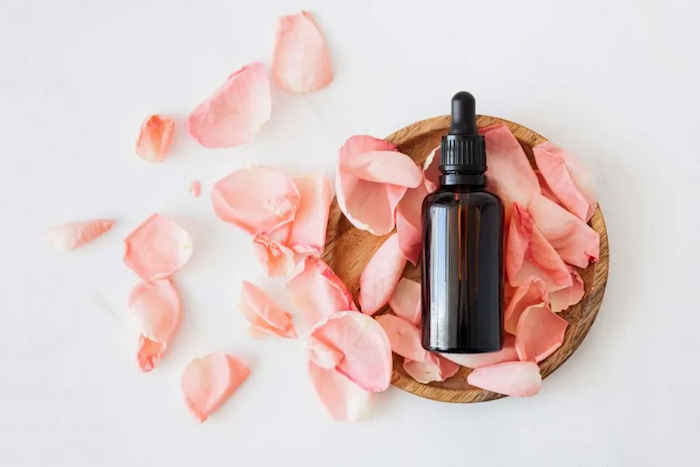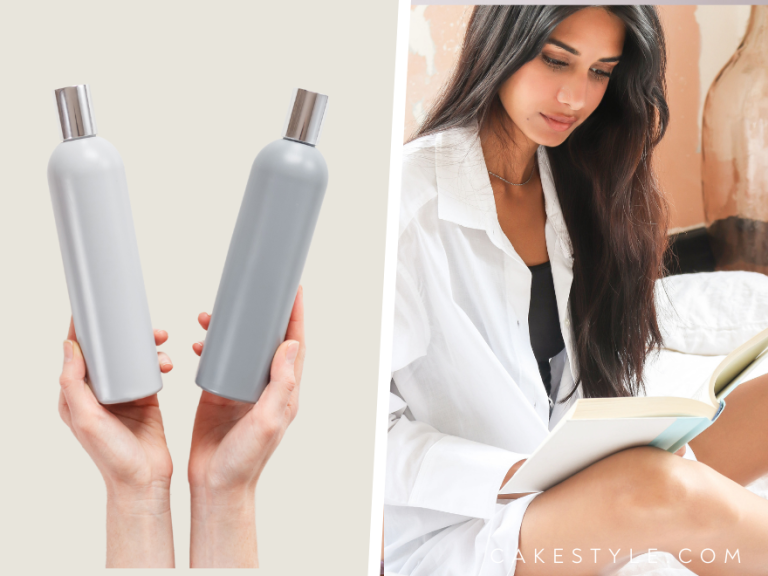If you’re like most people, the thought of using oil to clean your face probably sounds a little bit (okay, a lot) counterintuitive. After all, hasn’t the skincare industry been telling us for years that oil is the enemy when it comes to keeping our skin looking its best?
As it turns out, though, that couldn’t be further from the truth. While it’s true that certain types of oils can clog pores and cause breakouts, there are also oils that can actually do wonders for your skin.
In fact, oil cleansing is a skincare practice that’s been used for centuries in cultures all around the world.
So, what exactly is oil cleansing, and what are its benefits? Let’s take a closer look!
How Oil Cleansing Works
Oil cleansing is a method of cleaning your face with—you guessed it—oil. Sounds simple enough, right? The idea behind oil cleansing is that like dissolves like; in other words, oil will dissolve other oils on your skin without stripping away the good stuff, like your skin’s natural moisture barrier.
Not only does this make oil cleansing an incredibly effective way to remove makeup, dirt, and other impurities from your skin, but it also means that your skin won’t be left feeling dry and irritated after you wash it.
That’s because traditional cleansers—even gentle ones—can disrupt your skin’s natural pH balance, which can lead to all sorts of issues like redness, sensitivity, and dehydration. Oil cleansing helps to avoid all of that by working with your skin instead of against it.

The Benefits of Oil Cleansing
Now that we know how oil cleansing works, let’s talk about some of the benefits this unique skincare practice can offer.
- First things first: because oil cleansing helps to restore your skin’s natural pH balance, it’s an excellent choice for people with sensitive skin. If you’ve ever found yourself resorting to using only water to clean your face because every cleanser you’ve tried has left your skin feeling dry and irritated, oil cleansing might just be the answer you’ve been looking for.
- Oil cleansing can also help to reduce the appearance of pores and fine lines, thanks to the fact that it dissolves excess sebum and dead skin cells that can clog pores and make them appear larger. Not to mention, regular oil cleansing can actually help to prevent breakouts by keeping pores clear before they have a chance to become congested in the first place.
- Finally, because oil cleansing helps to preserve your skin’s natural moisture barrier instead of stripping it away like many traditional cleansers do, this skincare practice can actually help improve your skin’s overall texture and tone over time by preventing dehydration and promoting cell turnover.
How to Oil Cleanse
Now that you know all about the benefits of oil cleansing, you’re probably wondering how to do it. Here’s a quick rundown:
- Start with a clean face: Make sure your face is clean before you start oil cleansing. You can do this by washing your face with a gentle cleanser.
- Apply oil: Pour a small amount of oil into your hands and massage it into your face. Be sure to avoid the area around your eyes.
- Add water: Splash some water onto your face and massage the oil into your skin for a minute or two.
- Rinse: Rinse your face with lukewarm water and pat it dry with a clean towel.
- Follow up: Follow up with a light moisturizer if your skin feels dry.
That’s it! It really is that simple.
What oils are best for oil cleansing?
If you’re new to oil cleansing, start with a gentle oil like jojoba oil or almond oil. You can also try using a mixture of oils to find the perfect one for your skin type.
There are a few different oils that work well for oil cleansing. Here are a few options:
- Hemp seed oil: This oil is rich in omega-3 fatty acids and other nutrients that are beneficial for the skin. Hemp seed oil is good for skin that is acne prone.
- Argan oil: Argan oil is another good option for oil cleansing. It is rich in Vitamin E and antioxidants, which can help to protect your skin from damage.
- Jojoba oil: Jojoba oil closely resembles the sebum that your skin produces, so it is a good option for all skin types. It is also non-comedogenic, meaning it won’t clog your pores.
- Pumpkin seed oil: Pumpkin seed oil is rich in Vitamin A and other nutrients that are beneficial for the skin. It can help to soothe dry skin and improve the appearance of wrinkles.
How often should you oil cleanse?

You can oil cleanse every day or as often as you like. I recommend starting with once a day and increasing to twice a day if you feel like your skin needs it.
Overall, oil cleansing is an excellent way to cleanse your face and achieve radiant, healthy skin. It is gentle enough for all skin types and can even help to moisturize your skin. My skin is naturally dry, especially in the winter. Oil cleansing is one of the few cleansing methods that doesn’t leave my skin feeling tight and irritated!
My Favorite Oil Cleansers

I love oil cleansers and face serums. If you’re not interested in making your own using the oils above, there are plenty of clean options on the market today. Here are a few of my favorites:
One Love Organics
The Cleansing Oil + Makeup Remover from OneLove Organics is excellent at removing stubborn makeup.
Odacite
Odacite Montana Harvest Omega Oil Cleanser – Smells like a dream and works really well
As you can see, there are plenty of good reasons to give oil cleansing a try. If you’re looking for a gentler alternative to traditional cleansers that won’t leave your skin feeling dry and irritated, oil cleansing might just be what you’ve been searching for. Give it a try for yourself and see!







